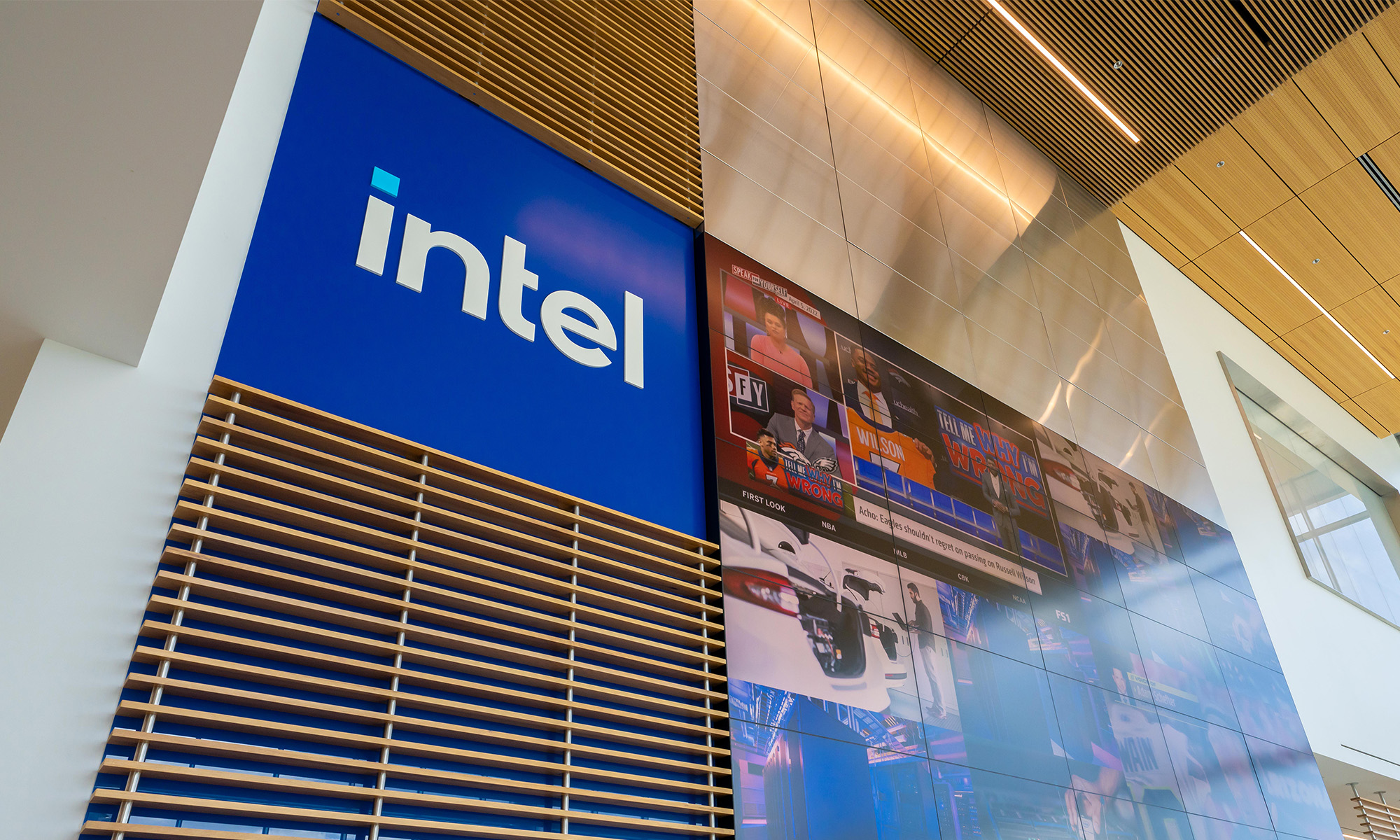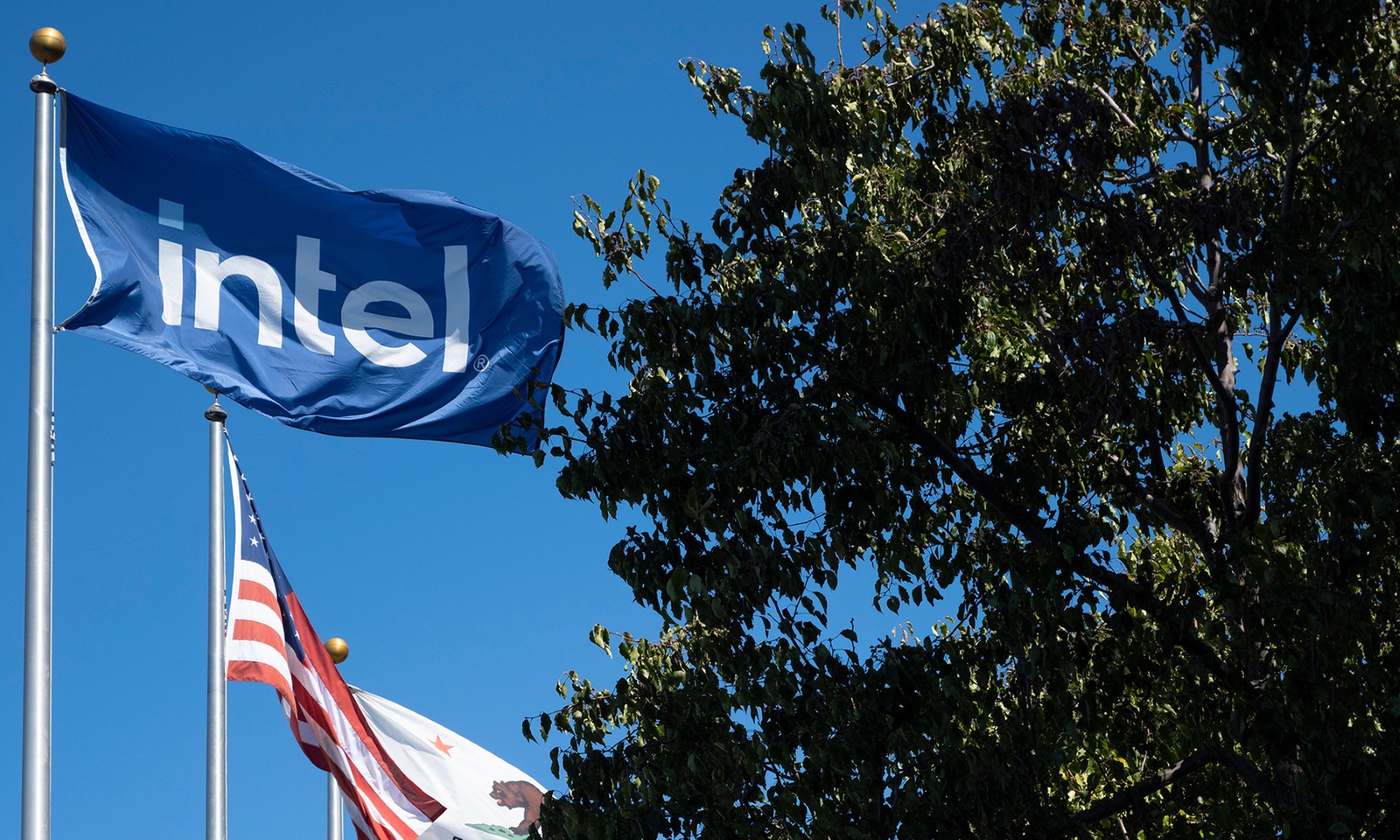
Image source: Intel/Altera.
Last year, microprocessor giant Intel (INTC 2.41%) announced that it planned to acquire programmable logic specialist Altera in a $16.7 billion all-cash deal. Intel made an interesting case for this acquisition to investors: by moving Altera's stand-alone FPGA product lines to Intel's manufacturing technologies, it could help Altera's base business gain share.
More importantly, though, Intel explained that the integration of Altera's technology into its Xeon server processors could prove a lucrative business opportunity, particularly as data center operators increasingly adopt FPGAs to accelerate their workloads.
I don't doubt the fundamental strategic reasoning behind this acquisition, I worry that Intel will face unforeseen difficulties in actually turning the promise that this acquisition holds into value for shareholders.
To that end, I believe it is very important for the chip maker to keep investors abreast of how this acquisition is going, particularly from a technology/integration standpoint.
What do we know so far?
Way back in 2013, before Intel acquired Altera, the two companies announced that Intel would serve as the manufacturer of Altera's next generation high-end FPGA known as the Stratix 10. This product has, unfortunately, seen a number of delays.
SemiAccurate reported back in 2013 that Altera had originally aimed to tape out, or complete the design of the Stratix 10, in the fourth quarter of 2014. This schedule continued to slip, with Intel CEO Brian Krzanich saying during the company's most recent stockholder meeting that Stratix 10 is "scheduled to start sampling and shipping in limited volume toward the end of the year."
This means that Altera, now Intel, way missed its original development schedule for this product.
Can Intel integrate an FPGA with Xeon in a timely fashion?
If Altera/Intel are apparently struggling to get Stratix 10 out, then I find myself wondering how smoothly the company's efforts to integrate Altera's FPGA technology onto the same piece of silicon as Intel's own Xeon processors will go.
What I believe Intel should do is to lay out for shareholders its expected development timeline for the first such integrated product. This timeline should include when the company expects to achieve key engineering milestones (tape-out, sampling, and first volume shipments) and during each earnings call take the opportunity to update investors on how things are progressing there.
Obviously, Intel shouldn't do this for every integrated CPU and FPGA it plans to build; I think, though, for the very first such product, the company should be transparent with investors about its execution. Once investors see that Intel is able to execute to a reasonable schedule, then they should have greater confidence in the company's ability to build future products in a timely fashion.
Ideally, we'll hear more in November
Intel is expected to host its annual analyst day in November. At the time of the last analyst day, the Intel/Altera acquisition hadn't yet closed, so the company likely wasn't able to talk much about future products that they'd build together.
The deal did close in December of last year, though, so by the time November rolls around, Intel's top brass will have had about a year to do some significant product planning. I would be very surprised if we didn't learn a lot more about Intel's product plans with respect to Altera by then.






